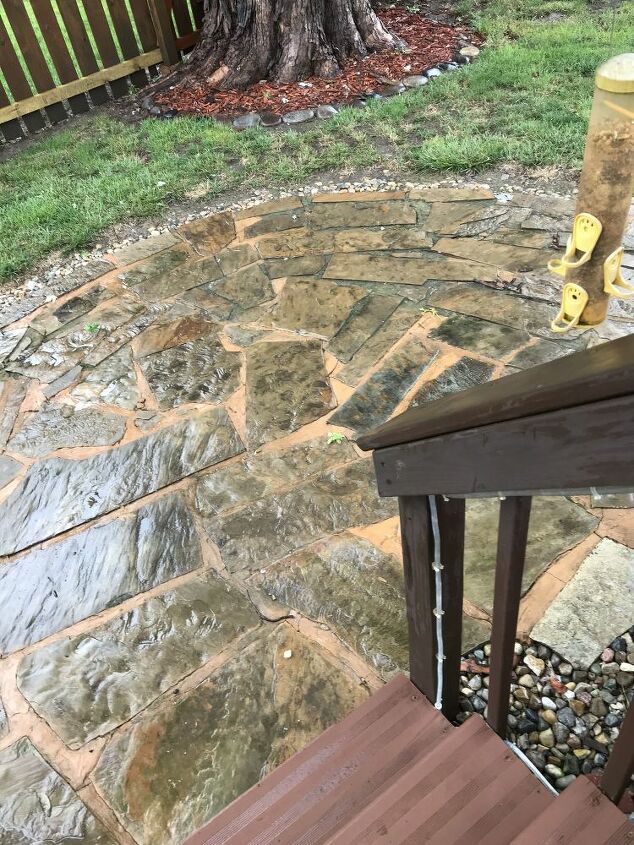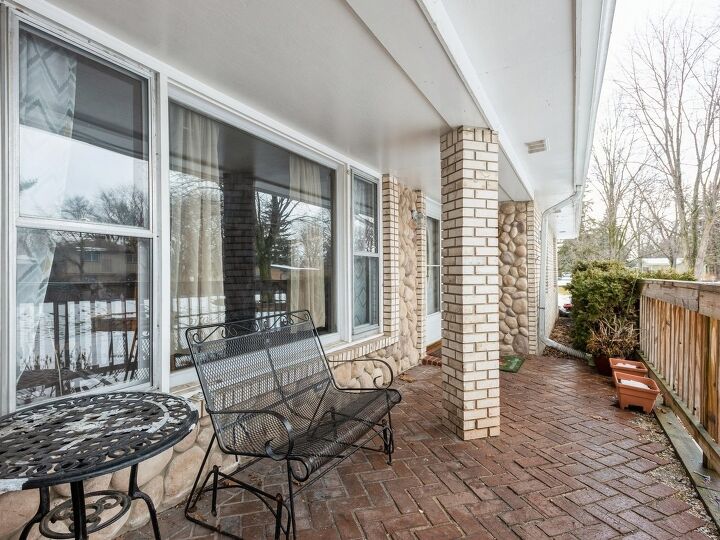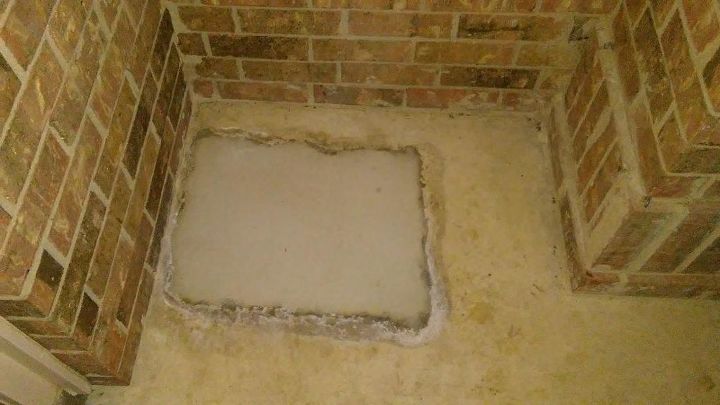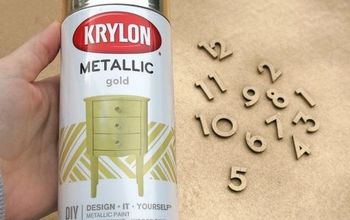How can I redo my stone patio as simply a possible?
Should I remove grout? A way to put polymeric sand on top? I’m a novice (obviously) and I just want to try to repair without starting over!Jennifer
Related Discussions
Vinyl plank flooring vs pergo (laminate)
I currently have stinky dirty carpeting in my living room and I want to replace it with a durable flooring that can stand up to dogs and kids.
How to remove popcorn ceiling that has been painted?
Does having a paint over a popcorn ceiling change how I'd remove the popcorn ceiling?
How to apply peel and stick wallpaper?
I want to spruce up my walls with peel-and-stick wallpaper. Has anyone used this before and can advise me as to how to apply it properly?
How to stain wood floor?
I've heard staining is a good technique for updating floors. So how do I stain my wood floor?
How can I update my brick porch and diagonal column?
I don't like the porch/column on my 70's built ranch that we just moved into last summer. Any suggestions to update it?
How can I cover up or refinish the mismatched cement on front porch ?
Recently I had foundation work completed that required concrete to be jack hammered to install 2 piers under front entry porch and 1 in back under driveway near garag... See more




There appears to be some sort of glaze or coating on the stone. What is it that is failing, in your opinion, on this patio stone?
What is your biggest complaint with it?
What do you want to 'redo' about it?
What would you like it to look like?
some of the cement grout did not “stick. Also, (I can live with this) I did not slope down so that rain water will not flow away from the stones. If I can just repair the cement, I would put a good sealer on for now..
Power wash it using low pressure. Replace any cement that comes out with mortar mix. Polymeric sand needs to go in between the stones and bonds the stones together. Then apply a concrete sealer to the joints.
Polymeric sand is a unique mixture of fine sands combined with other additives (polymers), that, when mixed with water, forms a surprisingly strong binding agent that locks the sand particles together. This helps secure the paving stones or paving bricks in place, creating a uniform, durable surface. (example shown in first picture below)
Polymeric sand is not used together with mortar.
Polymeric sand is commonly used to help keep tight rows of paving stones in place. Because your patio is made from incomplete and broken pieces of what appears to be rocks or flat tiles, mortar has been used to 'glue' the individual pieces in place. It does not look to me like any polymeric sand has been used.
Start with going ahead and pressure washing the patio to see first if that removes the green mold. If any of the mortar come out in the process, this would indicate that either the correct type was not used, and/or it is unstable.
Regarding what you have said about 1) some of the mortar not sticking, and, 2) parts of the patio not sloping down properly to allow adequate drainage:
As there are several different kinds of unintegrated ground coverings shown in the picture, IM0, I would say that either different people tried to do a quick cover to different parts of the yard, or they were carried out various projects at different times.
If there isn't drainage in the right direction, this is a red flag up that the job was not completed correctly. The durability, longevity, and functionality of any patio covering depends only partly on the top portions that you see. Following all the requisite steps to prepare all the 'hidden' bottom layers are just as important.
Removing mortar generally is not an easy job. It requires tools and effort. Attempting to right an improperly finished job by quick fixes is, in the long run, a waste of time and money, as you will always be chasing the real problem.
Do not use polymeric sand. Just use mortar mix to fill in gaps. I was just explaining polymeric sand is used to fill the small tight gaps between paver blocks. When dampened with water it expands to fill and bond the pavers. It would not work in your situation since the gaps are irregular, different widths and not deep enough.
Two ways to do it. If you get a latex modified mortar mix it will adhere to old mortar. You can also use a latex bonding liquid to coat the old mortar so regular mortar will adhere.
Hire a professional handyman. Worth the money.
I'd follow William's advice.
We added polymeric sand to our pavers using a push broom and a lot of time. Just sweep the sand into the gaps between the pavers and water down after you are done to help set the sand in place.
This looks like a job for a professional.
Hi Jennifer, hope this helps. You can power wash it then regrout areas that do come apart! Easy peasy.